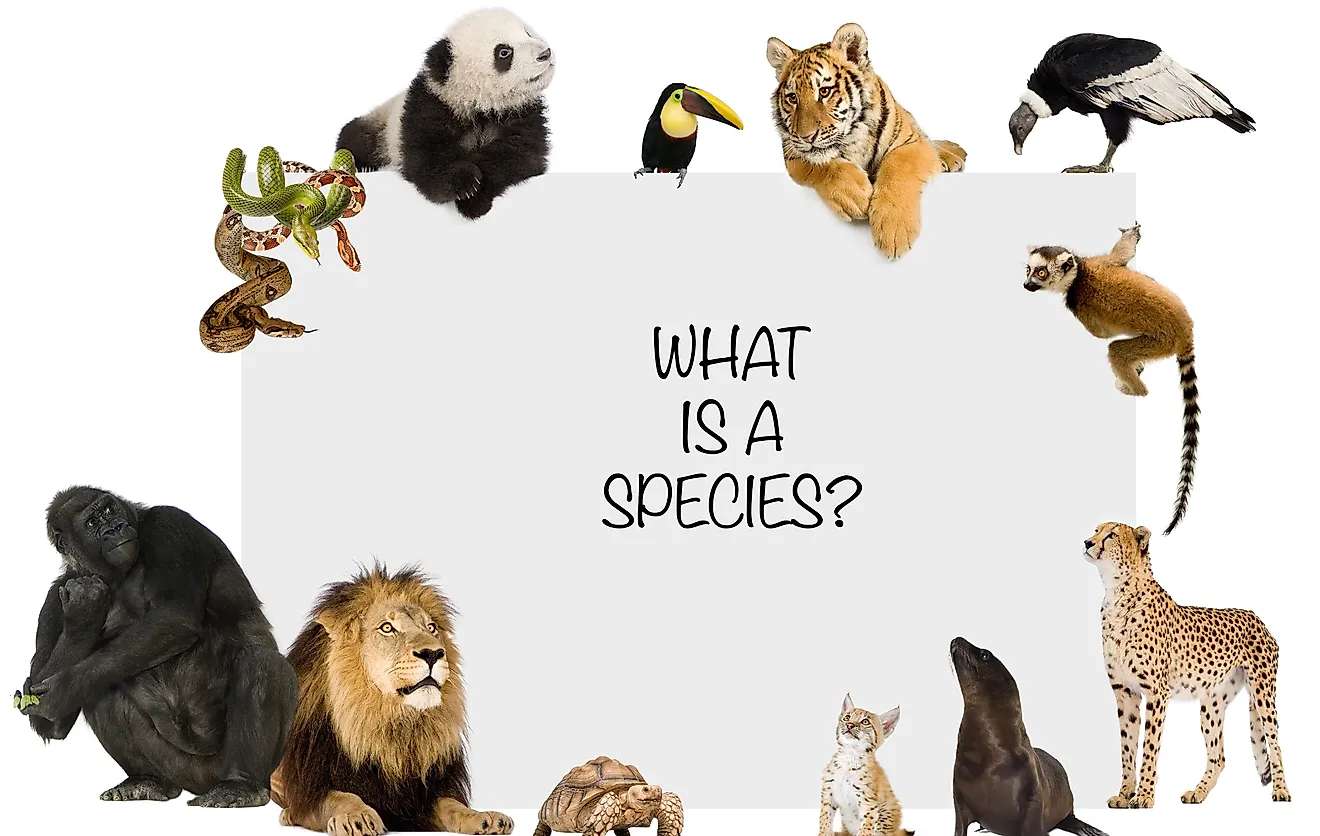What is Urbanization?

Rural to urban migrations have been characteristic of the past several centuries, and have changed landscapes globally. Modernization and industrialization have lured significant percentages of the earth's rural population into seeking financial security for their futures by moving into cities, where there may be more job opportunities and higher pay. The United Nations stated in 2008 that about half of the world's people are working and living in cities. It further stated that the trend will likely to continue on into 2050, with 86% of people in the developed countries and 64% in the developing countries living in urban areas by that time. Asia and Africa will see more of this rural-to-urban shift than anywhere else.
Country vs. City Life
Rural society is basically a grassroots level lifestyle, dominated by intimate interactions, close relations, and neighborly cooperation. Urban society, however, is much more complex. Urban areas will often develop into an intricate metropolitan society setting, wherein it would include its own urban centers, cities, towns, and surrounding suburban and rural areas sharing common infrastructure, housing, and industry. As a result, people are seen migrating to those places that offer more opportunities.
Why Make The Move Into Cities?
People make the decision to move into cities based on a list of push and pull factors. People are lured into cities by a centralized system that includes daily services, employment opportunities, and wealth. Businesses that offer jobs and higher pay are usually located in cities. Survival may also affect rural flight, as natural calamities often hit hardest in farm areas where emergency services are almost non-existent in some countries. Access to goods is also another factor that leads to migration to cities. Rural lifestyles, like farming the land, is often seen by the younger generations of people as unglamorous and exhausting. One problem that usually results from rapid urban migrations are the development of slum communities in big cities, and the fact that every few years or so these "glamorous" areas tend to suffer economic downturns.
Historical Population Shifts
Cities or urban areas that experience a boom in industry, commerce, and trade attract the largest numbers of rural people. From the earliest ancient cities in Egypt and Mesopotamia until the 18th Century, regional communities had a balance in agriculture, trade, and manufacturing due to the early stages of the agricultural system. However, at the end of the 18th Century, this balance was overturned with the rapid industrial and agricultural revolutions, causing the urban population to grow by leaps and bounds throughout the 19th Century, especially as mechanized agriculture increasingly replaced countless farm laborers. In terms of urban population proportions, the United States had an increase of 28%, 41% was seen in Prussia, 37% in France, and 72% in England from 1801 to 1891. This demographic shift was unprecedented in human history.











